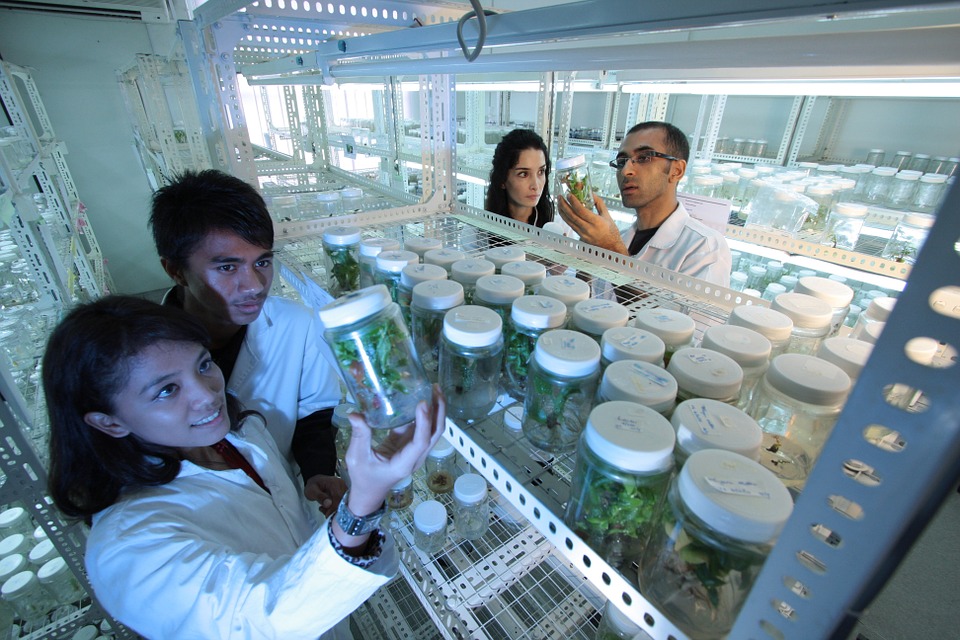Best Practices in Bioentrepreneurship Education

Entrepreneurship education programs are expanding rapidly and recent polls indicate that 20-25% of B school applicants are interested in starting their own business. Many applicants, including medical school and graduate school applicants already have, but feel they lack the business skills to start and scale their companies. Consequently, there are more Masters in Entrepreneurship programs sprouting up around the world. In addition, bioentrepreneurship education and training programs (BEET) are not far behind and things are changing rapidly:
There are several drivers of international bioentrepreneurship education programs:
- The biologic revolution and emerging technologies
- Student demand for education and training that will give them a competitive advantage in the job market where there are shrinking academic research career opportunities
- The desire to create biomedical new ventures
- Expanding innovation ecosystems at academic medical centers
- An understanding of the importance of coherence and how cross-campus, interdisciplinary collaboration facilitates innovation
- The innovation imperative to stay competitive
- Digital health creating new products, markets and jobs
- The need to re-invent sick care and address global health disparities
- The changing financial, regulatory, legal and intellectual property landscape
- Faculty innovation champions eager to get their ideas to patients
- The lack of bioentrepreneurship educational offerings at academic medical centers
- Higher education, sick care and government resistance to change
- Philanthropreneurs funding change and demanding a different model.
Since most of these programs are in their early stages, to a large extent, best practices are still in development and many are experiments. Based on our experience, here are some general categories of best practices we should be measuring and sharing:
- Pedagogy. What are the best ways to teach biomedical innovation and entrepreneurship (BMIE)?
- Technology. Which educational technologies have the most impact and which do not?
- Markets. Which students are most attracted to BMIE progams and how do we target them?
- Prerequisites. How do we define prerequisites, if any, for BMIE, and how do we provide students with them?
- Early education. How do we integrate k-20 innovation, creativity and entrepreneurship education and training?
- Defining KSAs. What knowledge, skills, abilities and competencies should graduates have after completing the programs? What should be the learning objectives of these programs that drive curriculum design? What are the market driven soft skills in demand? How about social and international entrepreneurship?
- Outcome metrics. How should we define outcomes to measure the success of programs both in the short term and the long term? Can entrepreneurship be learned or should those who are interested just go to the school of hard knocks?
- What is the value added from the programs.?How have the programs contributed user defined value, regional economic development value and enhanced US global competitiveness?
- Faculty development. How do we recruit, develop, reward and promote BMIE faculty?
- Knowledge sharing. What are the best ways to share best practices , minimize redundancy and overlap and collaborate with other disciplines and campuses?
- Innovation. What are recent innovations in BMIE education and training? What should be on the research agenda and where are funding sources to do it?
- Credibility and recognition. How do we make BMIE a separate academic domain? Should it be or are success factors more domain specific, like engineering, biomedicine, aerospace or energy?
- Ecosystem integration What are the most successful ways to ingrate these education programs into regional innovation ecosystems?
- Market demand. What is the market demand for graduates and do graduates have a competitive advantage over those without formal education and training?
- Business models. How to we create VAST business models for BMIE programs?
1. Validity Regardless or which elements of your model you choose, they have to be valid. In other words, the dogs have to eat the food. When the dog won’t eat the food, you’ll have to change your approach and try again.
2. Automaticity At the very start of planning your venture, you should think about how you are going to work on your business, not in it. Reducing hands on time to manage operations will give you more time to lead the company and create strategies for growth and give you more personal time to enjoy the fruits of your success. Outsourcing, automating or using technologies to ramp up operations, sourcing and distribution is a key part of scaling, and something that investors want to see…which brings us to the next piece.
3. Scalability Your business model is primarily a way to create a business machine that can produce an infinite number of products. Think of it as a device that takes in customers and creates profits out the other end and can do so at quicker and quicker speeds.
4. Time and Traction Finally, your model need to create as much profit as quickly as possible with a growing customer base that is loyal to your brand.
In my view, we are training too many MD/MBAs that don’t add value to the system and that many programs should be terminated or restructured. At the University of Colorado, we intend to offer a Masters in Bioentrepreneurship (MBE), building on our experience offering a certificate program in bioentrepreneurship as a joint program between a business school and an academic medical center graduate school. As a result, we hope to contribute some answers and share experiences about our efforts to provide BMIE education to business, science, engineering, law, arts and humanities and health professional students who are interested in the pursuit of biomedical and clinical opportunities with the goal of creating user defined value through the deployment of innovation.
Wait! Before you go…
Choose how you want the latest innovation content delivered to you:
- Daily — RSS Feed — Email — Twitter — Facebook — Linkedin Today
- Weekly — Email Newsletter — Free Magazine — Linkedin Group
 Arlen Meyers, MD, MBA is the President and CEO of the Society of Physician Entrepreneurs at www.sopenet.org and co-editor of Digital Health Entrepreneurship
Arlen Meyers, MD, MBA is the President and CEO of the Society of Physician Entrepreneurs at www.sopenet.org and co-editor of Digital Health Entrepreneurship
NEVER MISS ANOTHER NEWSLETTER!
LATEST BLOGS
Three things you didn’t know about credit cards
Photo by Ales Nesetril on Unsplash Many of us use credit cards regularly. From using them for everyday purchases to…
Read MoreFive CV skills of a business-minded individual
Photo by Scott Graham on Unsplash The skills listed on a CV help employers quickly understand your suitability for a…
Read More


